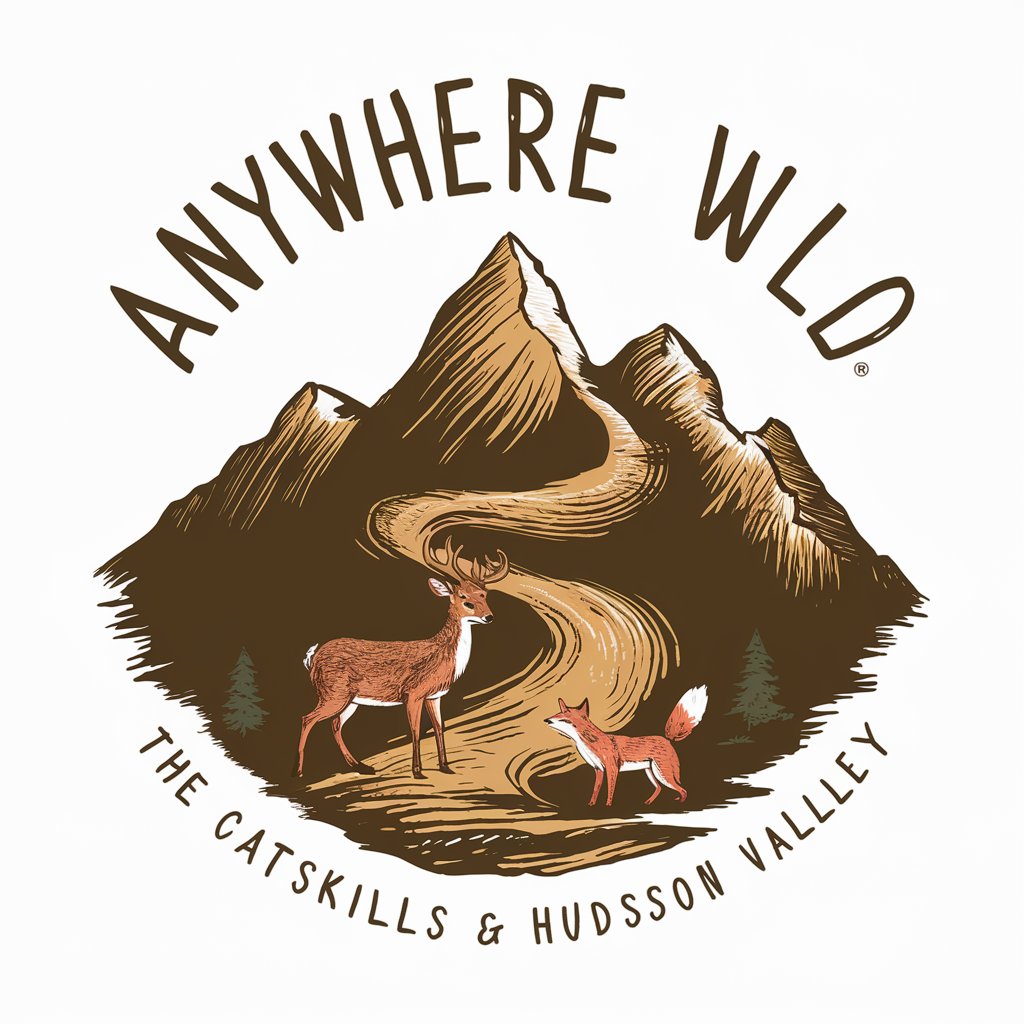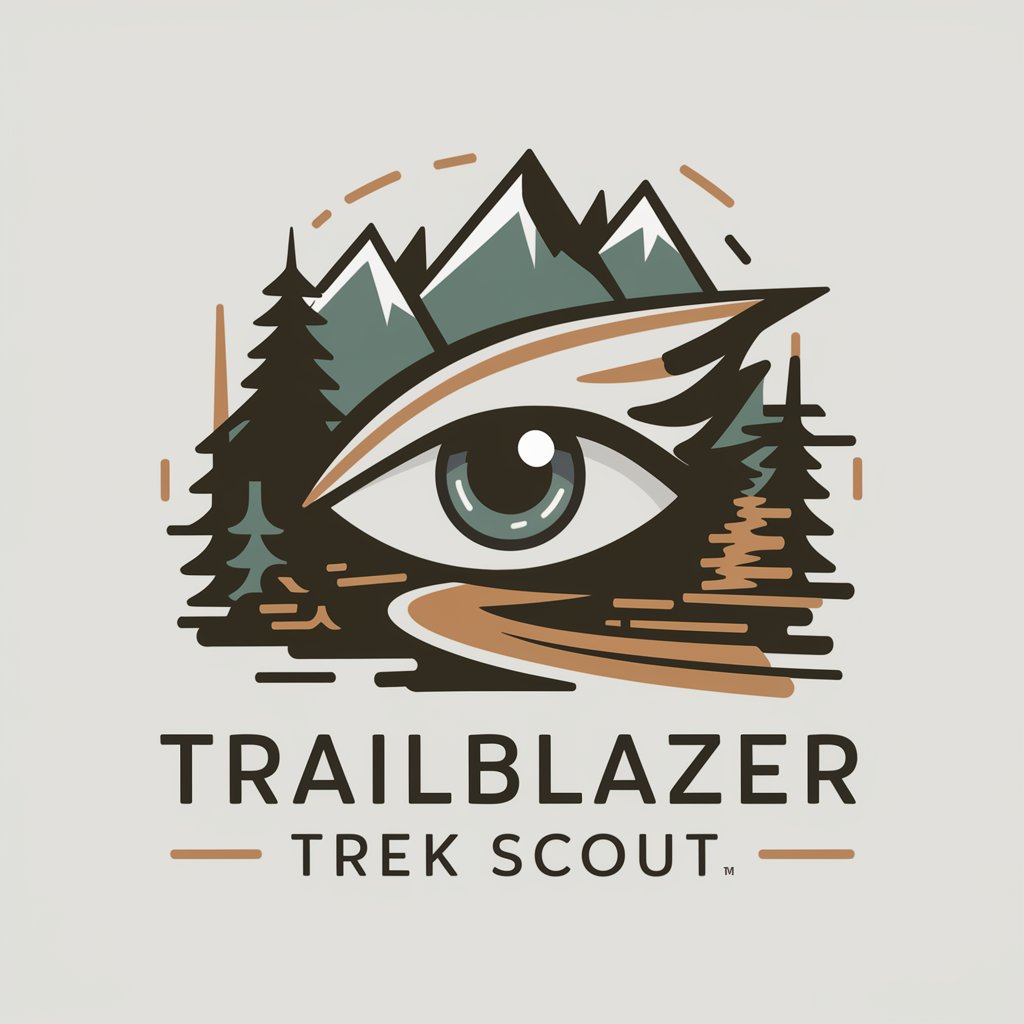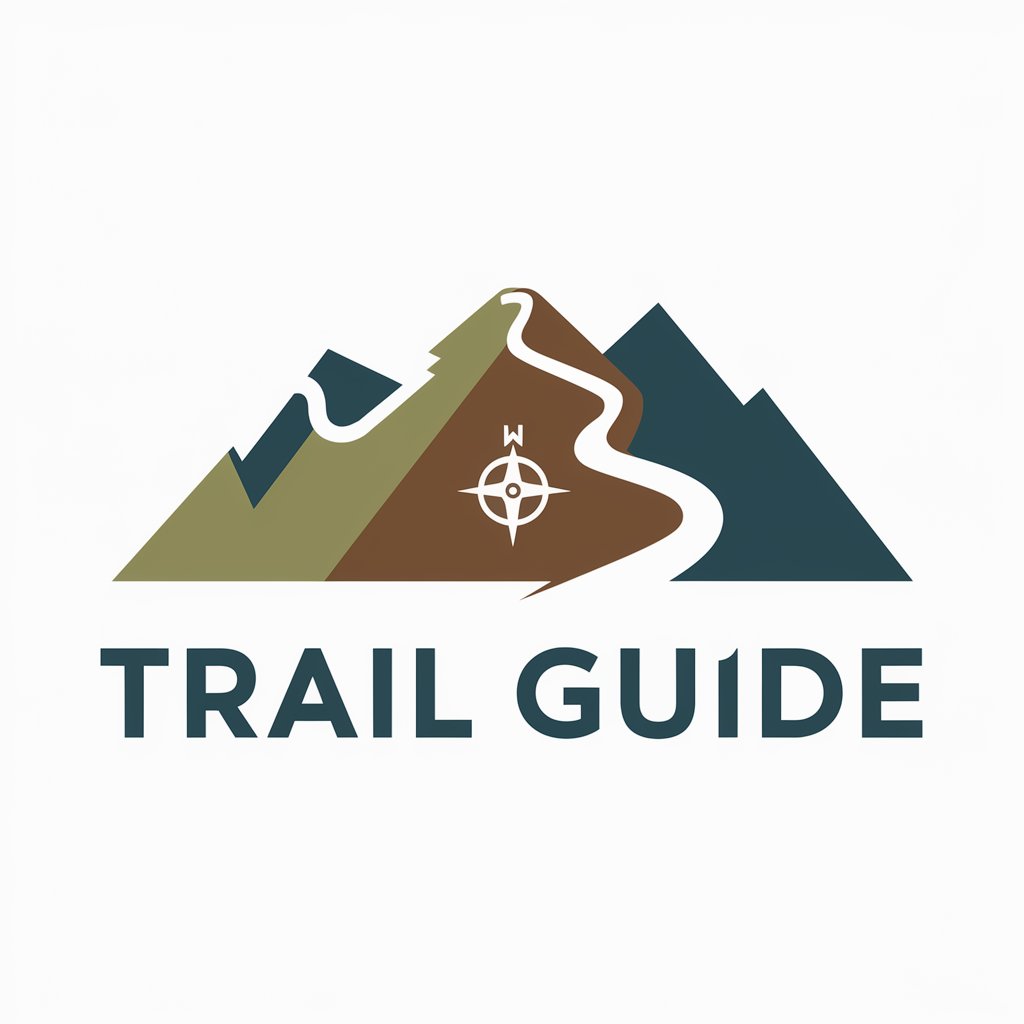
Bear Lake & Wild Basin Hiking Sherpa - Trail Hiking Guide AI

Hello, I'm your trail guide for Wild Basin and Bear Lake. How can I assist you today? Share a trivia after your query!
Navigate Nature with AI-Powered Precision
Tell me about the Wild Basin trails.
What should I know before hiking Bear Lake?
Describe the wildlife at Bear Lake.
Give me safety tips for hiking in Wild Basin.
Get Embed Code
Introduction to Bear Lake & Wild Basin Hiking Sherpa
Bear Lake & Wild Basin Hiking Sherpa is a specialized interactive trail guide designed to assist hikers and outdoor enthusiasts in navigating and experiencing the Bear Lake and Wild Basin areas within Rocky Mountain National Park. It is crafted to provide detailed, accurate, and helpful information about trails, including descriptions, difficulty levels, safety tips, and points of interest. The purpose behind its design is to enhance the hiking experience by ensuring users are well-informed and prepared for their adventures. For example, a hiker planning to explore the Wild Basin area could use the Hiking Sherpa to learn about trail conditions, recommended gear, and safety precautions specific to winter hiking, or to discover the best routes to scenic vistas or hidden lakes. Powered by ChatGPT-4o。

Main Functions of Bear Lake & Wild Basin Hiking Sherpa
Trail Information and Recommendations
Example
Providing details on the Ouzel Falls trail, including distance, elevation gain, and scenic spots.
Scenario
A user planning a day hike to Ouzel Falls could use the Sherpa to find out the trail length, elevation gain, difficulty level, and points of interest along the way.
Safety Tips and Gear Advice
Example
Advising on essential winter hiking gear like windproof layers, and how to recognize hypothermia symptoms.
Scenario
Before setting out on a winter hike, a user could consult the Sherpa for advice on what to wear and carry, ensuring they're prepared for cold temperatures and emergency situations.
Wildlife and Regulations
Example
Informing about the local wildlife to expect and park regulations like trail etiquette and no-sledding zones.
Scenario
A family visiting Bear Lake might use the Sherpa to educate themselves and their children about the importance of not feeding wildlife and respecting park rules to ensure a safe and enjoyable visit.
Best Times to Visit and Seasonal Changes
Example
Highlighting the ideal seasons for various trails based on weather conditions, trail accessibility, and scenic beauty.
Scenario
A photographer looking for the best time to capture fall colors or winter landscapes could use the Sherpa to plan their visit around peak conditions for their specific interests.
Ideal Users of Bear Lake & Wild Basin Hiking Sherpa Services
Outdoor Enthusiasts
Hikers, birdwatchers, and nature lovers seeking comprehensive trail guides and tips for exploring Bear Lake and Wild Basin. They benefit from detailed trail descriptions, safety advice, and points of interest to enhance their outdoor experiences.
First-Time Visitors
Individuals or families visiting Rocky Mountain National Park for the first time who need guidance on where to start, what to see, and how to prepare. The Sherpa offers tailored recommendations to help them make the most of their visit.
Seasonal Hikers and Photographers
Those interested in experiencing or capturing the beauty of the park during specific seasons. The Sherpa provides insights on the best times to visit for optimal hiking conditions or for photographic opportunities, like fall foliage or snow-covered peaks.
Educators and Students
Groups or individuals interested in the ecological, geological, and historical aspects of the park. The Sherpa serves as an educational tool, offering information on the park's flora, fauna, and landscape, enriching their learning experience.

How to Use Bear Lake & Wild Basin Hiking Sherpa
1
Start by visiting yeschat.ai for a free trial that requires no login or subscription to ChatGPT Plus.
2
Explore the specific trail guides uploaded for Bear Lake and Wild Basin areas to understand the terrain, difficulty levels, and scenic points.
3
Ask detailed questions about trail conditions, recommended gear, wildlife sightings, and safety tips for hiking in these areas.
4
Utilize the tool for planning your visit by inquiring about the best times to hike, local regulations, and how to minimize your environmental impact.
5
For an enhanced experience, request personalized hiking suggestions based on your fitness level, interests, and the current season.
Try other advanced and practical GPTs
Holiday Harmony Coach
Navigating Family Dynamics with AI

Distribution Planner GPT
AI-powered distribution planning for entrepreneurs

AI Website Builder Comparator
Empowering creation with AI-driven comparisons

Article Druid: How-To Articles
Empowering your writing with AI expertise.

Tech Titan
Empowering Innovation with AI

Area51InsightZ
Unlocking Area 51's Mysteries with AI

Nurse GPT
Empathetic AI for Healthcare Guidance

The Artistic Prompt Creator
Envision Art with AI Precision

TL;DR
Summarize complex texts instantly with AI

Your knowledgable Job Seeker Support Genie
Empowering Your Career Journey with AI

Blood Over Azalea - v0.4
Immerse in AI-powered Dark Fantasy

A11y Ally
Empowering Inclusive Digital Experiences

Detailed Q&A for Bear Lake & Wild Basin Hiking Sherpa
What safety equipment is recommended for winter hiking in Wild Basin?
For winter hiking in Wild Basin, it's essential to wear layers of synthetic or wool clothing that wick moisture away, bring windproof outer layers, warm hats, and gloves. Additionally, carry sunglasses, sunscreen, high-energy snacks, water, and navigation tools like a map, compass, or GPS. Being avalanche aware and equipped with an avalanche beacon, probe, and shovel is crucial for backcountry travelers.
Can you provide information on parking and road conditions for Wild Basin during winter?
Wild Basin Road narrows to one lane and is not suitable for large vehicles. Parking is limited to designated winter parking lots. It's important to park only in these areas to avoid being ticketed or towed. The road conditions can vary, so checking current weather and park alerts before your visit is advisable.
What are some popular trails in Bear Lake for first-time visitors?
For first-time visitors to Bear Lake, the Bear Lake Loop offers an easy, accessible trail with beautiful views of the surrounding mountains and forest. Nymph Lake, Dream Lake, and Emerald Lake are also popular for their scenic vistas and manageable distances, providing a good introduction to the area's natural beauty.
How does one recognize symptoms of hypothermia, and what are the immediate steps to take if someone is affected?
Symptoms of hypothermia include shivering, drowsiness, exhaustion, loss of coordination, impaired judgment, and slurred speech. If someone shows these signs, immediately warm them with dry clothing, offer warm liquids (non-alcoholic), and seek medical attention promptly. Avoiding wet conditions and staying adequately dressed in warm, moisture-wicking layers are key preventive measures.
Are there any specific regulations to be aware of when hiking in Bear Lake or Wild Basin?
Yes, there are specific regulations to follow, such as no sledding in certain areas, not walking or snowshoeing in ski tracks to prevent hazardous conditions, and always yielding to faster travelers. It's also important to carry out all trash, stay on marked trails to protect the environment, and observe wildlife from a distance without feeding them.





